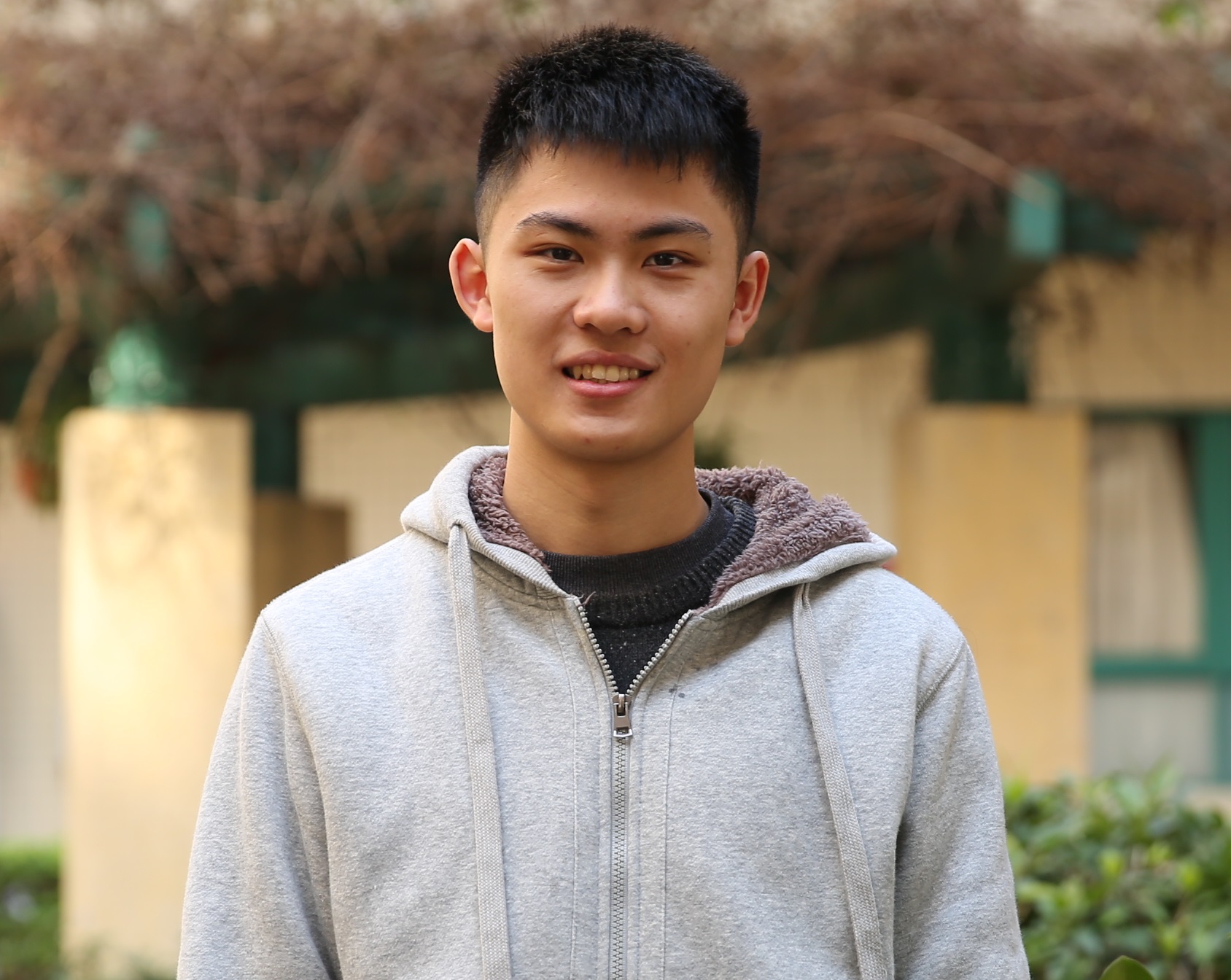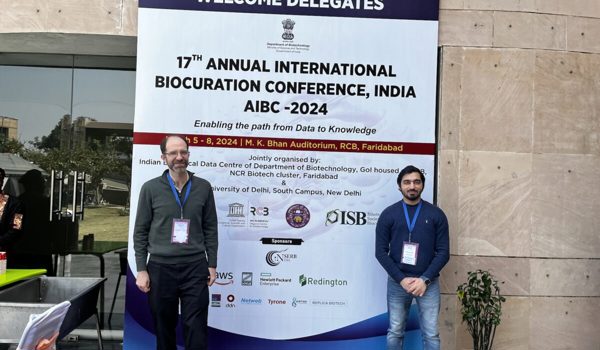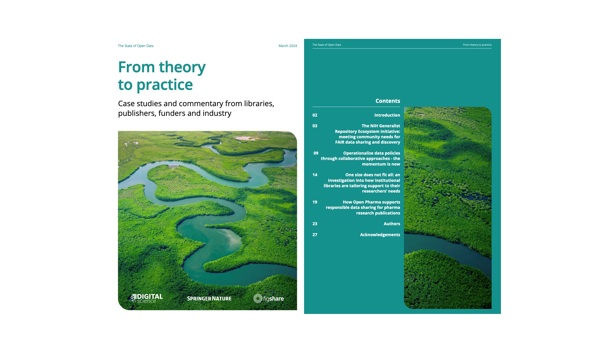23 Nov 2021
Q & A interview with DPhil student Yishun Lu
We interview Yishun Lu to discuss his DPhil in Engineering Science at Oxford e-Research Centre

Yishun Lu
The DPhil in Engineering Science at the University of Oxford offers students the opportunity to develop in-depth knowledge, understanding and expertise in a chosen field of engineering research. Students develop broad skills in relevant areas of mathematical and computational modelling, in the design and build of apparatus, in the development of software, and in data analytics and visualisation.
Yishun Lu is a first-year DPhil student of Oxford e-Research Centre, having finished a 4-year Master’s degree in Engineering at Hertford College.
What is the focus of your DPhil research?
My research is about Scientific Computing and High Performance Computing, and my current research is focusing on the absorption correction in long-wavelength macromolecular crystallography.
What methods do you use to carry out your research?
Crystallography is a method for analysing the internal structures and bonding arrangements of minerals and molecules.
By directing the X-ray to a crystal, the ordered layers in the crystal will reflect the X-ray, and this can be recorded on a photon detector. These are called diffraction patterns. However the experiment requires super accurate measurements of the intensities, and the main factor is the absorption of X-ray.
What can we learn by using these techniques?
By using advanced imaging technology, we can know the details of the crystal and calculate the absorption ratio of each corresponding diffraction path by ray-tracing method, which is a method for calculating the path of the electromagnetic rays and observing the structure of a material.
Absorption correction research can look straightforward at times, but if we do all the calculations (usually trillions of iterations), it will be very time-consuming; so statistical, sampling and High Performance Computing methods are used to decrease the computational time.
How might your area of research be applied in society and real-world situations?
By applying absorption correction, the resolution of the protein structures we observe in a material can be improved. When we have higher resolutions of the protein structures and faster ways to determine them, we can see better how atoms in a material bond together.
A real-world application for crystallography is to enable us to see the interaction between a particular drug and its protein target at the atomic level. Advances in this area of study can continue to benefit drug development and virus studies.
Find out more about the DPhil programme
The Department of Engineering Science and Oxford e-Research Centre DPhil programme





